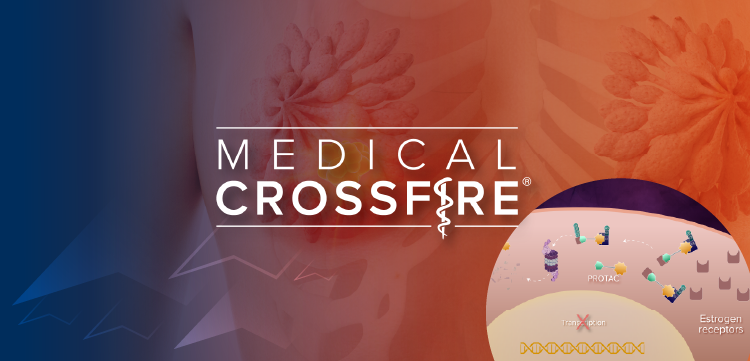
COVID-19 Damage Assessment: Which States Have Suffered Most?
As the COVID-19 pandemic swelled, quickly depleting US health care system resources, outcomes in some states were, and remain, far worse than in others.
The COVID-19 pandemic took a dramatic toll on the health of Americans, both directly and indirectly. The magnitude of that toll, however, varied significantly by state, according to findings published in the
This year, Scorecard researchers pursued a new area of inquiry: How well has each state responded to and managed the
The following slide show summarizes the Scorecard findings on 7 measures in key areas of performance related to pandemic response, including vaccination, hospital and intensive care unit (ICU) capacity/health system stress, and excess mortality through March 31, 2022.
Newsletter
Enhance your clinical practice with the Patient Care newsletter, offering the latest evidence-based guidelines, diagnostic insights, and treatment strategies for primary care physicians.































































































































































































































































































































